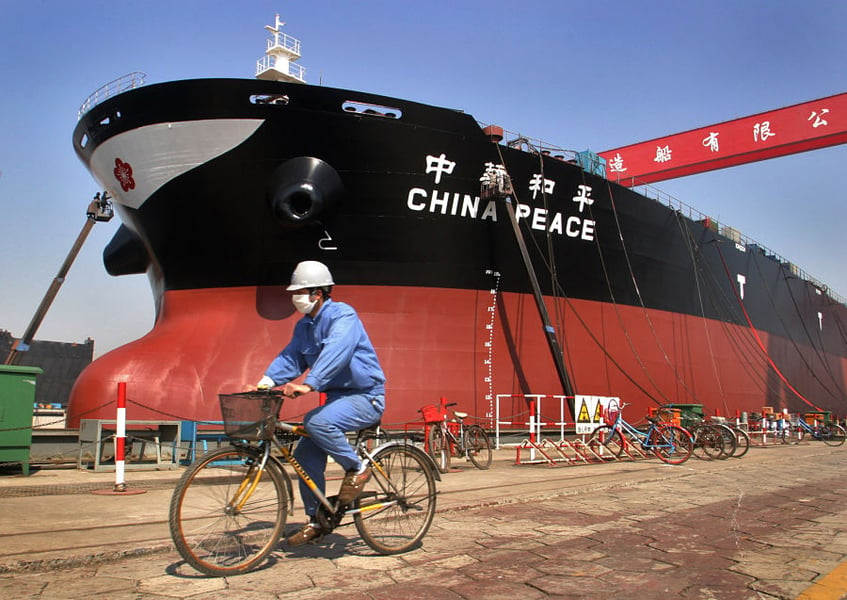Forget oil, bonds and tech — if you wanted to make the most money from an exchange-traded fund last quarter, it was the market for transporting iron ore to China where investors really hit the jackpot.
The Breakwave Dry Bulk Shipping ETF returned more than 40% in the second quarter, beating all
non-leveraged ETFs in the U.S., data compiled by Bloomberg show. The $3.7 million fund, a minnow by industry standards, has gained more than 20% so far in July.
"This shows that dry bulk derivative values are doing well," Jeffrey Landsberg, president at Commodore Research, said by phone. "Chinese steel production has been at a record-high level and that boosted iron ore imports."https://cdn-res.keymedia.com/investmentnews/uploads/assets/graphics src="/wp-content/uploads2019/07/CI120263712.JPG"
The fund's success reflects the performance of the commodity shipping business, which is enjoying the best returns for the time of year since 2010. The index for dry bulk — the segment that hauls billions of tons of coal, iron ore and crops around the globe — jumped about 97% in the second quarter, following a slump of 46% in the first quarter this year.
The second-quarter performance has caught market participants by surprise, according to Burak Cetinok, head of research at Arrow Shipbroking Group in London.
"Aside from the bullish Chinese demand outlook for iron ore, the supply of vessels in the Atlantic has dropped dramatically," Mr. Cetinok said. The benchmark China-Brazil turnaround journey generally takes 60 to 65 days, and not many vessels are willing to fix long-term charters ahead of new anti-pollution rules being introduced by the United Nations' International Maritime Organization in January, he said.
The rules limiting sulfur emissions — known as IMO 2020 — are roiling the shipping market, with owners having to choose between installing pollution-reducing equipment called scrubbers to continue burning high-sulfur fuel or alternatively using cleaner, more expensive fuels.
(More: How ETF investors are playing trade tensions)
Derailment, dam breach
Arrow estimates that as many as 190 Capesize ships, giant vessels used mainly to haul iron ore to China, will install scrubbers by the end of the year and only 40 to 60 of them have done it so far. The scrubber fitting procedure will take a slice of the Capesize fleet off hire in the second half of the year and that could boost rates further, Mr. Cetinok said.
Breakwave, which buys futures on indexes that measure rates for freight shipping, is small by industry standards; for unleveraged ETFs, median assets under management are $111 million.
The fund, which trades under the ticker BDRY and is the first ETF to track freight futures, beat more than 1,800 ETFs last quarter. Its nearest competitor,
a solar fund run by Invesco Ltd., lagged Breakwave by almost 20 percentage points, gaining 22%. The S&P 500 returned 4.3%.
The fund lost value in the prior two quarters due to iron ore shipment disruptions, after BHP Group was forced in November to derail a runaway train in Western Australia and Brazil's Vale SA shuttered some operations following a fatal dam breach in January.
After Chinese steel mills resorted to drawing on iron ore inventories during the supply disruptions, plants have reached critical inventory levels and will have to start restocking from August or September, which will also boost shipping rates, Mr. Cetinok said.
"We expect the rates to continue rising in the second half of the year and into 2020," he said.
(More: Zombie ETFs liquidated at a record pace in first half)







